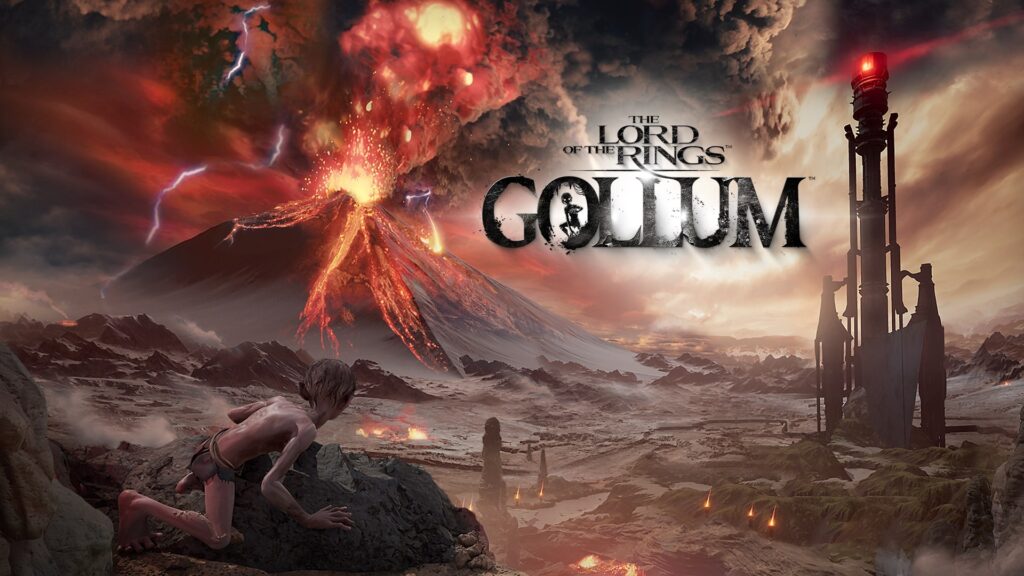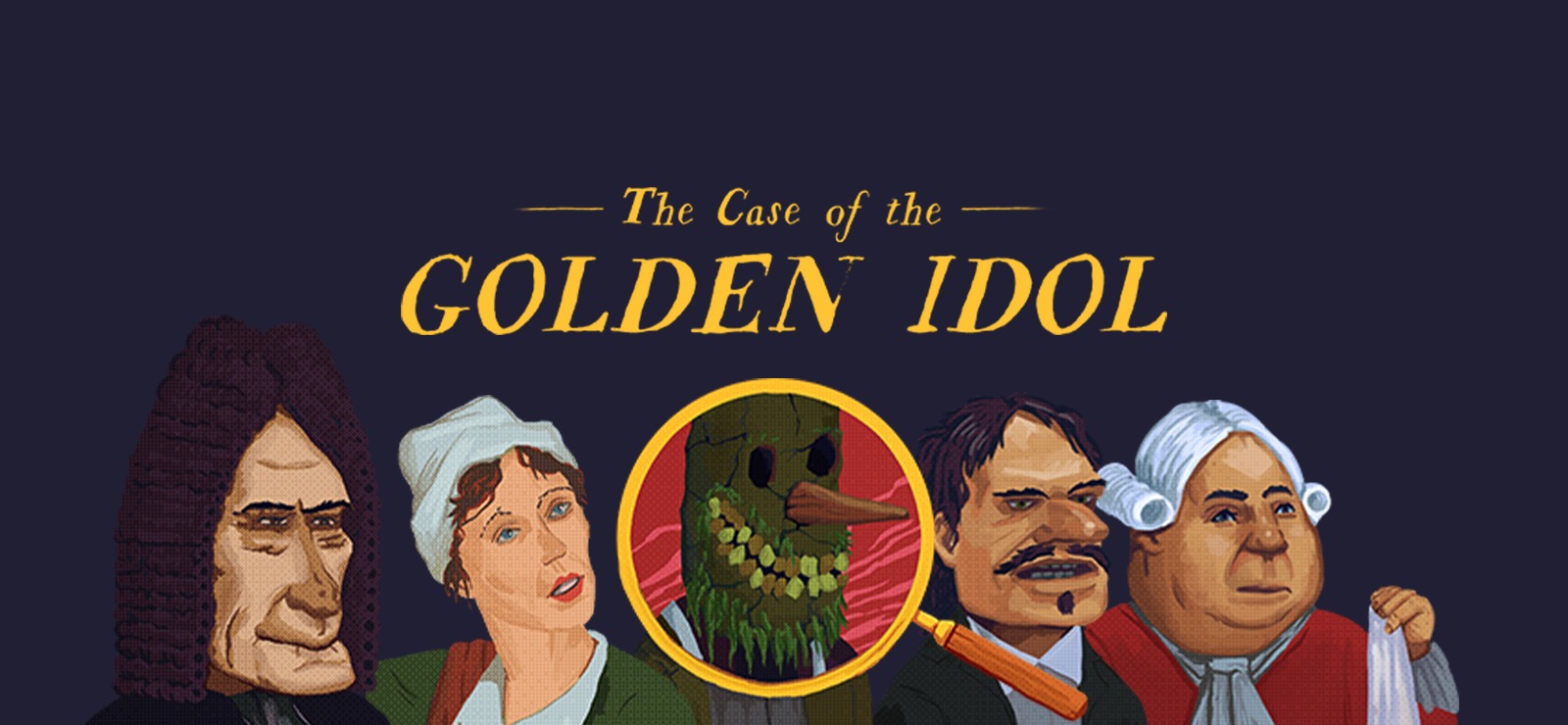

The Lord of the Rings: Gollum, an action-adventure game developed by Daedalic Entertainment and published by Nacon, invites players into the dark and complex psyche of one of Middle-earth’s most iconic characters. In this extensive review, we’ll delve into the game’s various aspects under eight key headings to determine if it successfully captures the essence of J.R.R. Tolkien’s legendary world while offering a fresh perspective on the story.
You are currently viewing a placeholder content from YouTube. To access the actual content, click the button below. Please note that doing so will share data with third-party providers.
More Information
The Lord of the Rings: Gollum offers a narrative that stands apart from the epic quest of the Fellowship. Instead, it explores the inner conflict of its titular character, Gollum, as he grapples with the dueling personalities of Sméagol and Gollum. The game delves into Gollum’s tortured past, shedding light on his tragic transformation from a Hobbit named Sméagol into the twisted creature he has become.
The narrative weaves seamlessly into Tolkien’s broader lore, offering a fresh perspective on familiar events and locations. Players embark on a journey that explores Gollum’s motivations, desires, and struggles, shedding new light on his obsession with the One Ring.

Gameplay in Gollum focuses on stealth and agility. As Gollum, players must navigate treacherous environments, solve environmental puzzles, and avoid detection by enemies. The game’s mechanics emphasize Gollum’s unique physical abilities, such as climbing, crawling, and leaping.
One of the standout features is the internal dialogue system, allowing players to embody both Sméagol and Gollum. These dual personalities influence gameplay by offering different approaches to challenges. Sméagol may choose a more diplomatic or cautious path, while Gollum’s actions are often driven by cunning and aggression.
The game’s stealth elements are well-executed, with a robust enemy AI system that reacts realistically to Gollum’s presence. Players must use the environment, distractions, and Gollum’s agility to outsmart opponents.

Visually, Gollum captures the somber and atmospheric essence of Middle-earth. The game’s environments are beautifully rendered, from the perilous cliffs of Mordor to the eerie depths of the Misty Mountains. The art design leans into the darker and more foreboding aspects of Tolkien’s world, creating a sense of constant danger.
Character models are detailed and expressive, particularly Gollum himself. His contorted form and twitching mannerisms reflect his tortured existence. The design of familiar creatures, like the giant spiders in Mirkwood, adds to the game’s immersion.

Sound design in Gollum successfully immerses players in Tolkien’s world. The ambient sounds of Middle-earth, from the howling winds of the mountains to the chirping of crickets in the Shire, contribute to the game’s atmosphere.
The musical score, composed by Inon Zur, evokes the grandeur and melancholy of Middle-earth. Zur’s work captures the essence of Howard Shore’s iconic film compositions while offering a unique and evocative soundtrack that enhances the emotional depth of the narrative.

The game’s primary focus is the character development of Gollum himself. Players witness the ongoing battle between Sméagol and Gollum as they vie for control of his actions and decisions. This internal struggle provides a fascinating exploration of a character who is both sympathetic and repulsive.
While other characters from Tolkien’s world make appearances, they serve more as obstacles or narrative devices to further Gollum’s journey rather than fully developed personas.

Exploration in Gollum immerses players in the darker corners of Middle-earth. The game encourages curiosity by rewarding exploration with hidden lore, collectibles, and environmental storytelling. These discoveries provide insight into the broader events of Tolkien’s world and Gollum’s own history.
The attention to detail in recreating Middle-earth’s iconic locations is commendable. From the gloomy passages of the Goblin caves to the desolate slopes of Mount Doom, the environments are both visually striking and steeped in lore.

The game’s pacing is deliberate, reflecting Gollum’s slow descent into madness. It gradually builds tension as players navigate precarious situations and make choices that affect the narrative’s direction. The pacing effectively mirrors the character’s inner turmoil and the oppressive atmosphere of Mordor.
However, some players may find the deliberate pacing a bit slow, particularly if they are seeking more action-oriented gameplay.

Gollum offers replayability through its multiple endings, which are influenced by the choices players make throughout the game. These choices impact the ultimate fate of Gollum and the path he takes in the story. Exploring different choices and outcomes adds replay value and encourages players to dive back into the narrative.
In conclusion, The Lord of the Rings: Gollum offers an intriguing and dark journey into the psyche of one of Tolkien’s most enigmatic characters. It successfully captures the atmosphere of Middle-earth, immersing players in a narrative that explores themes of identity, obsession, and inner conflict.
The game’s emphasis on stealth and agility, combined with the internal dialogue system, provides a unique gameplay experience. While the deliberate pacing may not appeal to everyone, it effectively mirrors the character’s inner turmoil.
Gollum may not replace the epic quests of the Fellowship, but it offers a fresh perspective on Tolkien’s world and a deeper understanding of one of its most complex inhabitants. For fans of the lore and those intrigued by the character of Gollum, this game is a compelling addition to the Middle-earth canon.


You need to load content from reCAPTCHA to submit the form. Please note that doing so will share data with third-party providers.
More Information